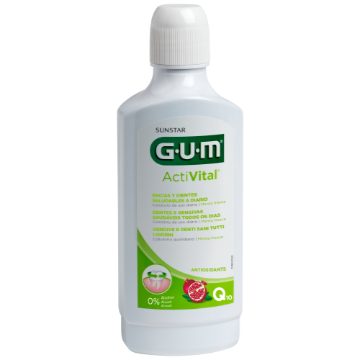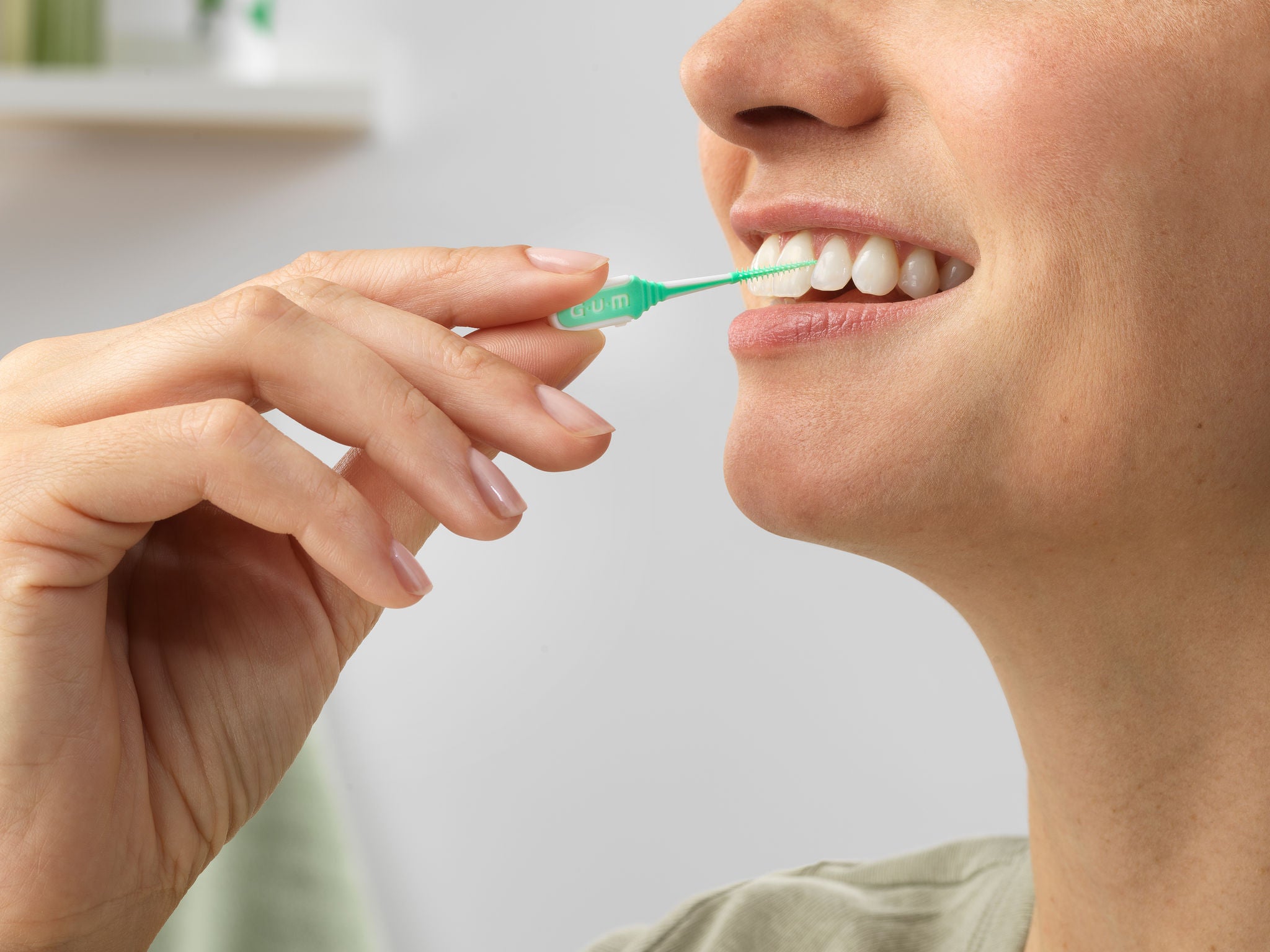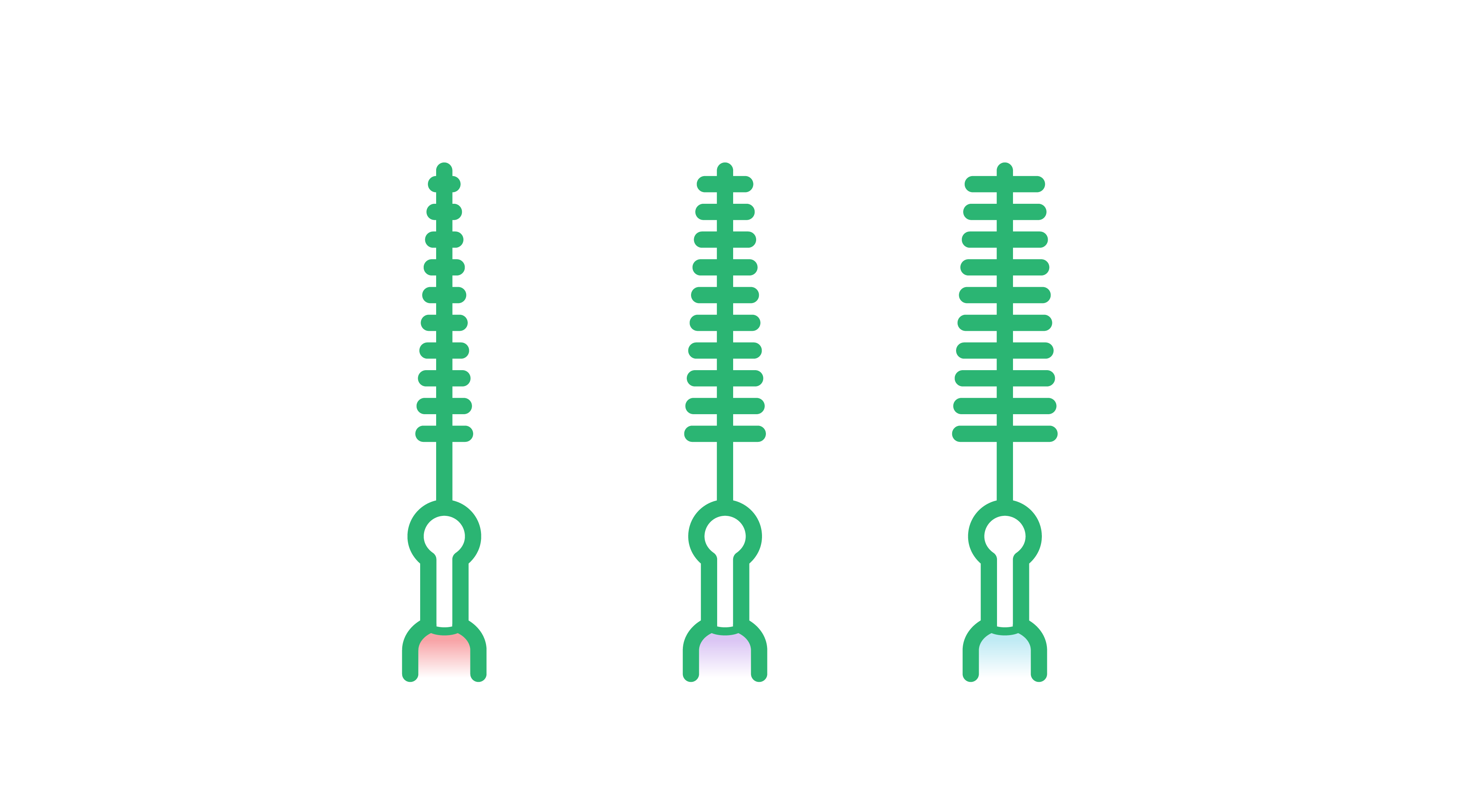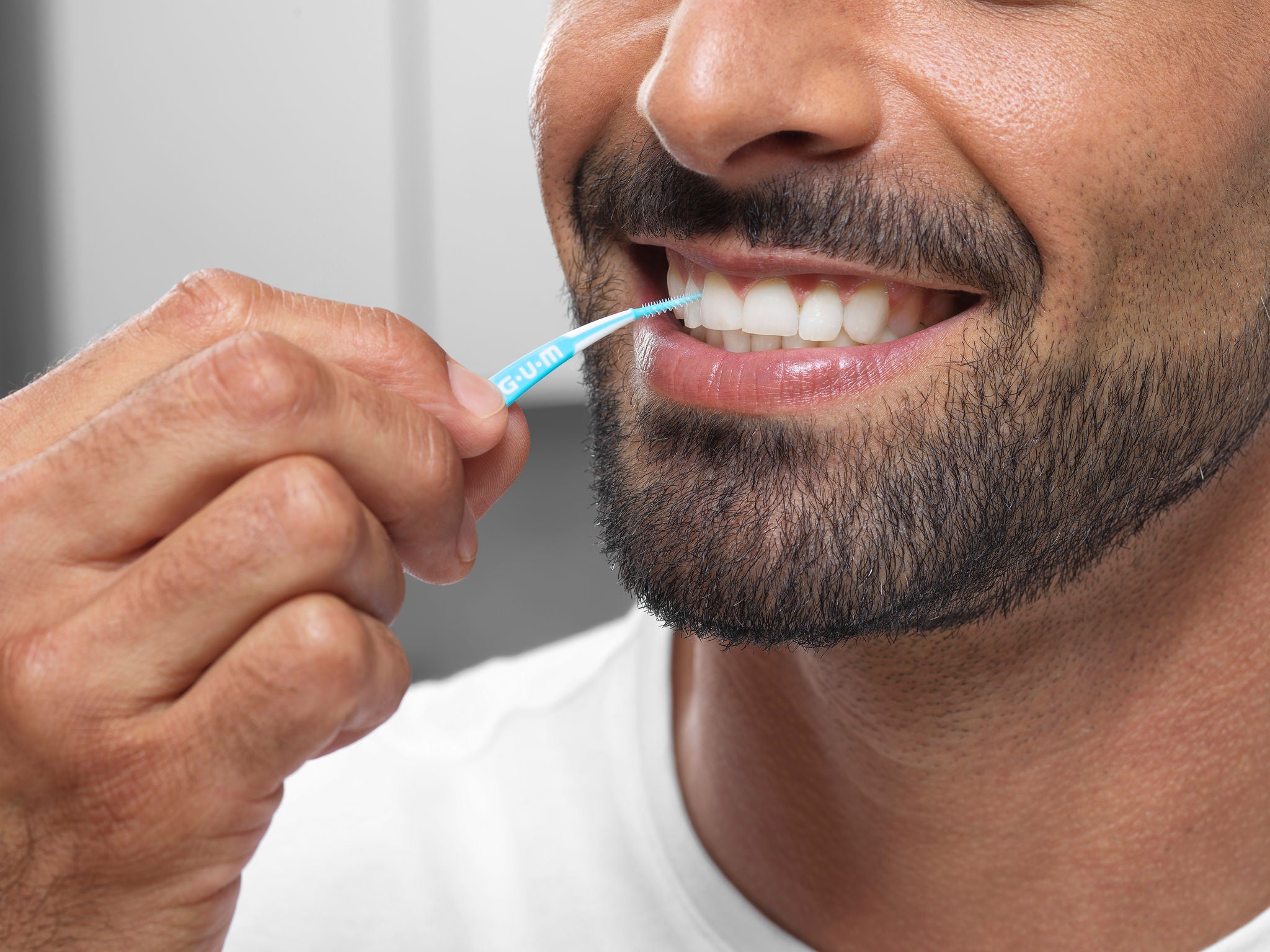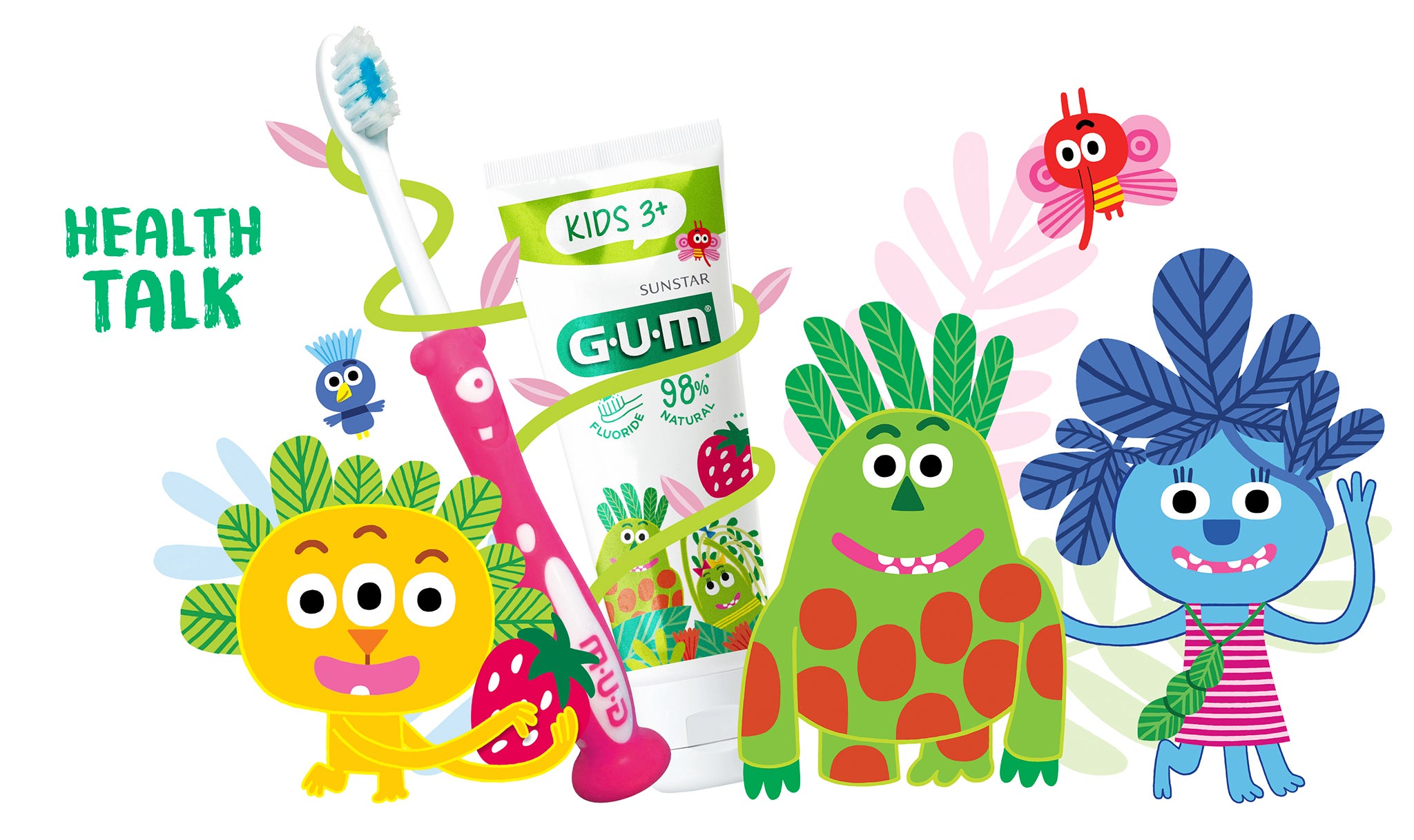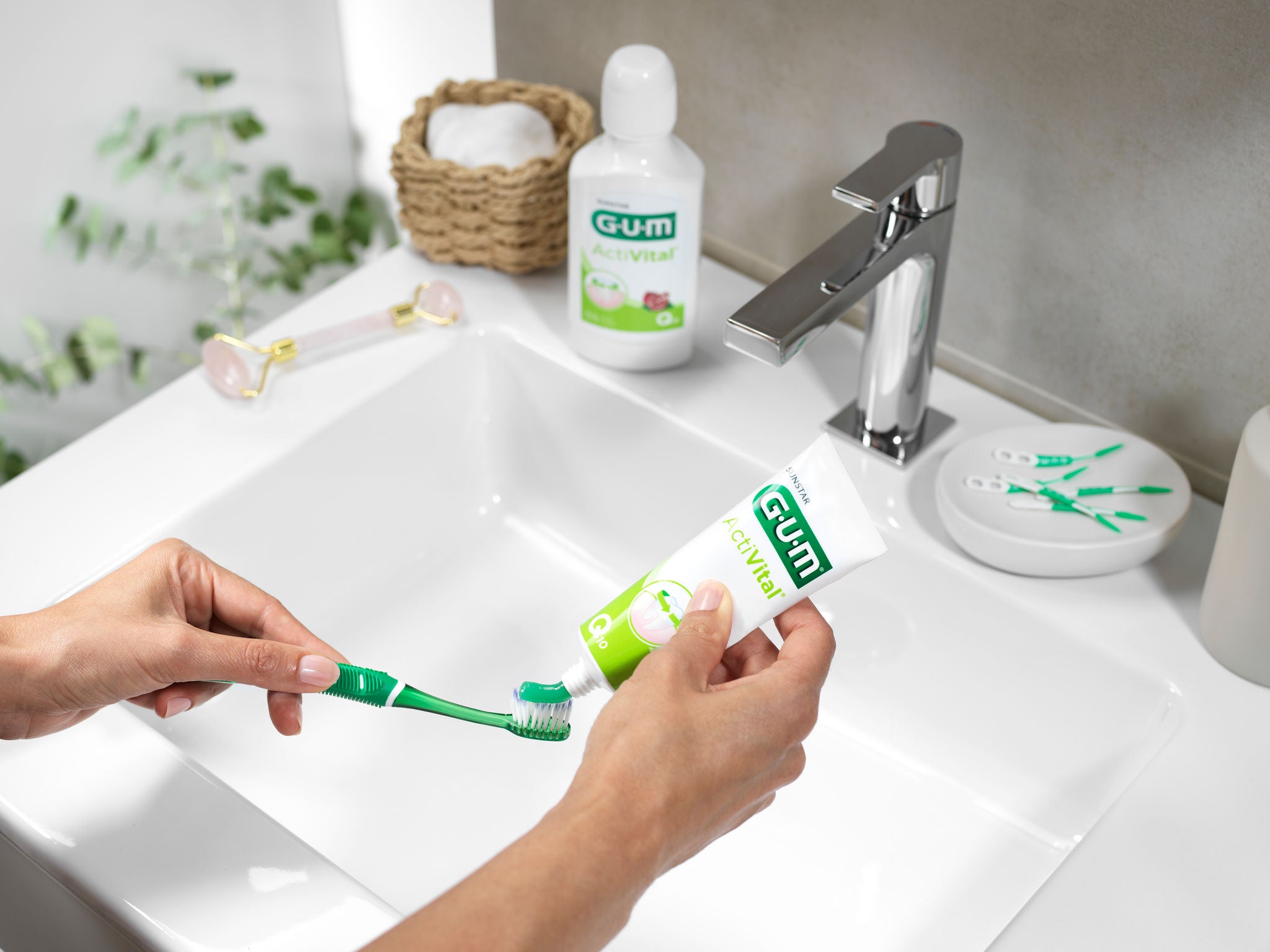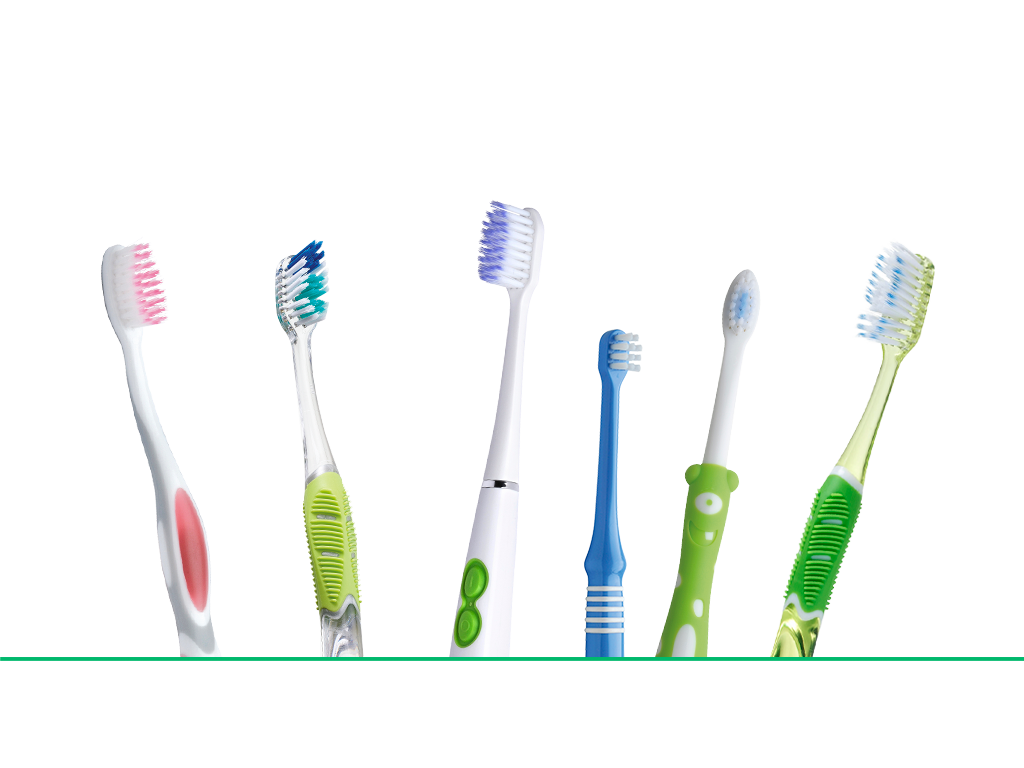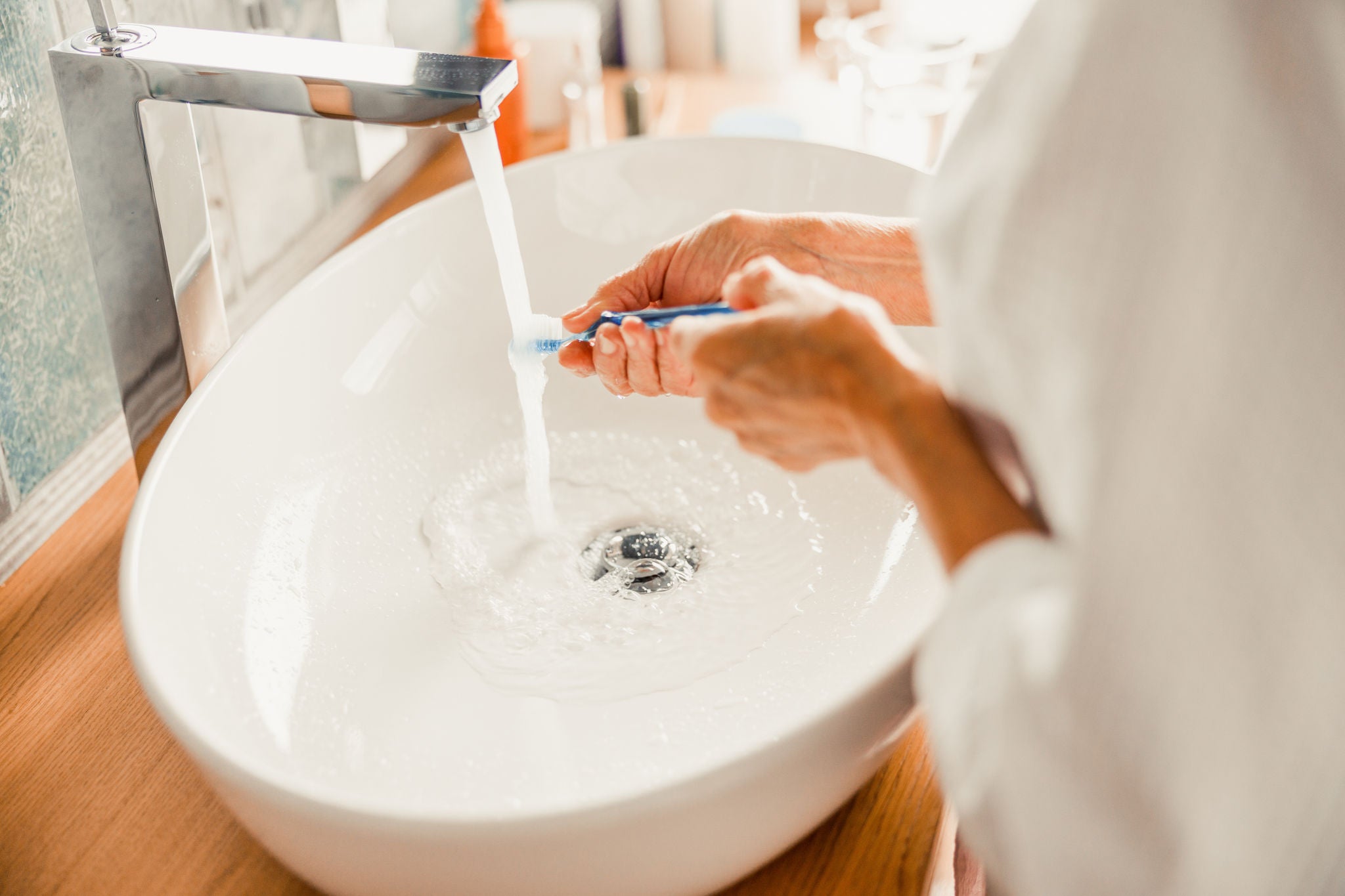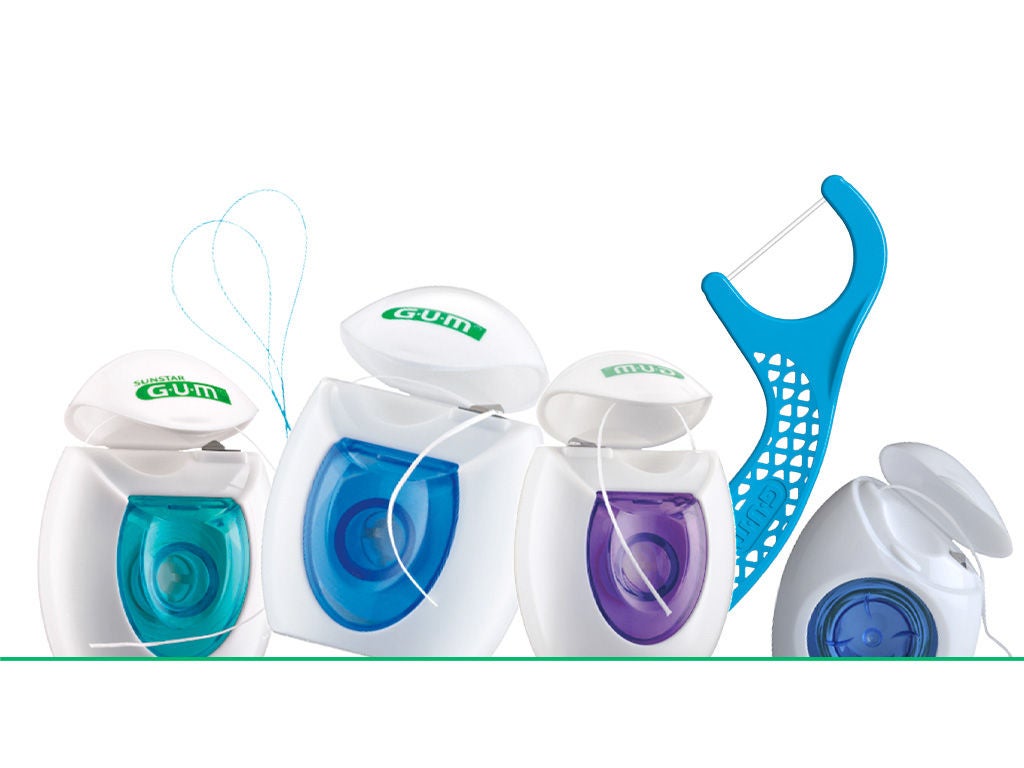
How to Use an Interdental Brush: Tips and Best Practices
Interdental brushes are small, flexible brushes that are specially designed to easily fit between teeth to remove excess food and plaque. With soft, bristled heads, they can be a more comfortable and effective alternative to flossing.
But using an interdental brush comes with a bit of a learning curve if you have never used one before. That’s why we are sharing our best tips for how to use an interdental brush effectively to keep your gums happy and healthy.
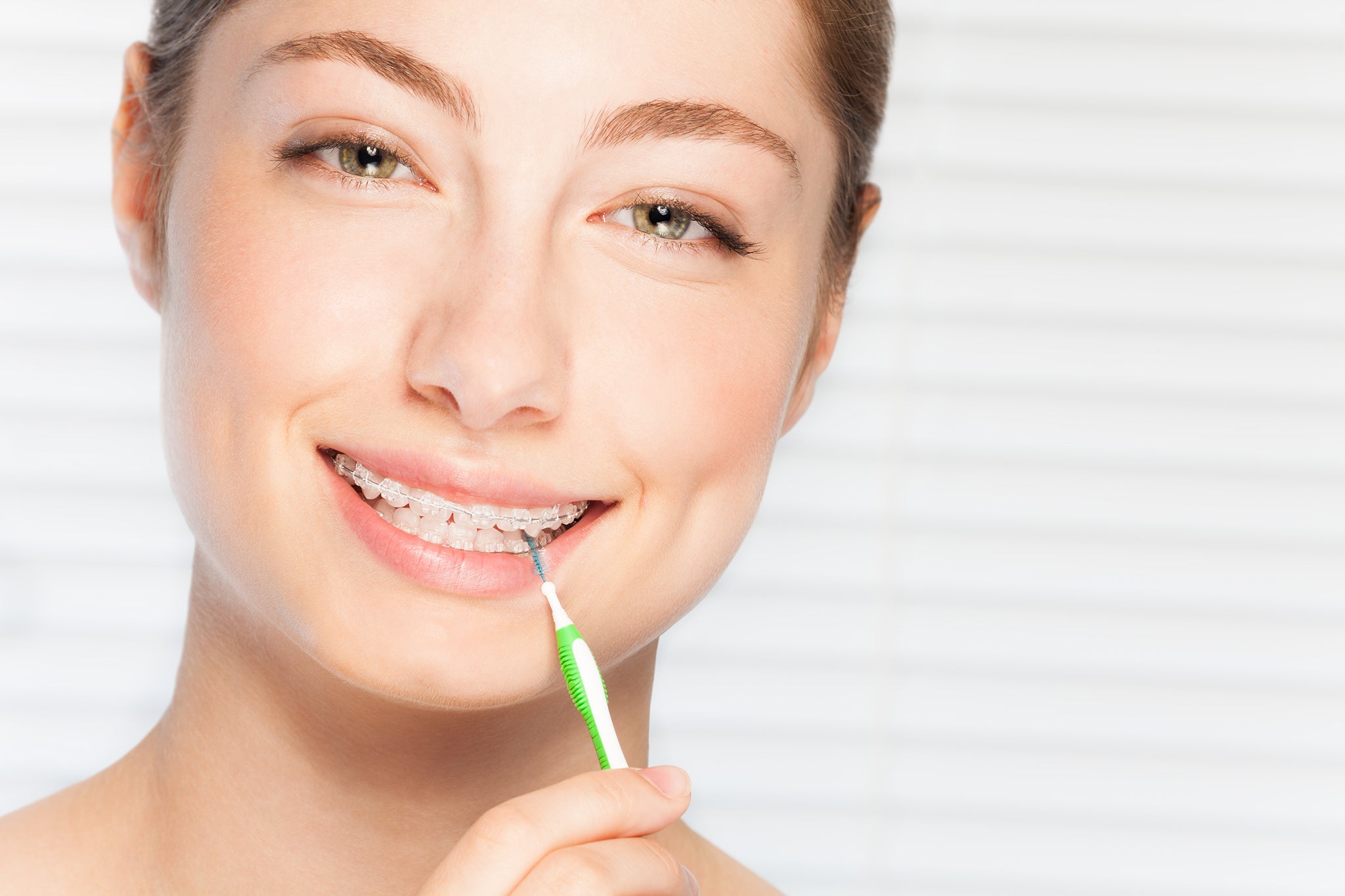
Tips for using an interdental brush
There are a few reasons why people favour interdental brushes over the traditional dental floss. In fact, interdental brushing has proven effective at removing plaque and is an easy-to-use option for children as well.
Here are a few tips for using interdental brushes:
- Interdental brushes are best for when you have wide gaps between teeth where floss cannot effectively remove debris.
- Interdental brushes are helpful for those with retainers, dental bridges, or braces.
- Interdental brushes can help prevent plaque build-up around fillings, cavities, etc.
- An L-shaped interdental brush is most effective for cleaning between molars
How to use an interdental brush in 5 easy steps
Using an interdental brush is easy once you have the right handy tutorial. In this guide, we’ve included five simple steps for using an interdental brush even if you are a beginner!
1. Choose the right interdental brush
The first step to interdental brushing is to choose a brush that easily fits the spaces between your teeth. This may even mean buying different-sized brushes for different areas of your mouth (such as larger between molars and smaller between your front teeth).
You can find a range of interdental brushes to buy online.
2. Hold the brush comfortably
Hold the brush between your thumb and index finger, much like a pencil. This will make the brush easier to use with a more comfortable grip.
3. Brush gently in between teeth
Gently brush in between your teeth with a light back and forth motion, approximately 2-3 times. If the brush gets stuck, you may need a slightly smaller brush. When cleaning between molars, it may be helpful to brush from both the inside and outside. Use the interdental brush at least once per day before your usual brushing.
4. Focus on the hard-to-reach areas
Brush every gap between your teeth around your entire mouth. Pay special attention to the hard-to-reach areas.
5. Continue your daily oral care routine
Continue with your usual care routine using a soft-bristle toothbrush. You can then help stave off bacteria and plaque with a daily mouthwash.
Where to buy interdental brushes
Interdental brushes can be easily found at most chain grocery stores, pharmacies, and dentist offices. Additionally, you can find interdental brushes online through a variety of companies and resellers.
Sunstar GUM offers a line of interdental brushes with various sizes, colours, and comfort levels. Browse our interdental products page to see all options.
Interdental brushes FAQ
Have more questions about how to use an interdental brush? We are here to help! See our Frequently Asked Questions section below.
Not if you are using them properly. Interdental brushes have soft, flexible bristles that are strong enough to clean in between teeth but not strong enough to damage your gums with gentle brushing. However, be careful not to brush too hard or too quickly, as this can cause irritation.
Both interdental brushes and floss are effective for cleaning between the teeth. Ultimately it comes down to preference. Research has found that people may be more motivated to use an interdental brush due to ease of use. It should also be noted that interdental brushes are often more effective for those with braces or other dental appliances that make it difficult to reach the gums with floss.
Most dentists recommend using an interdental brush once per day before your usual brushing, but you may also use your interdental brush twice per day. It’s best to use your interdental brush after meals and before bed. If you have braces or other hardware, more brushing may be needed.
Interdental brushes support a strong oral care ritual
Cleaning between the teeth is a common area for people to fall short in their at-home oral care routine. To keep your mouth as healthy as possible, it’s important to find an interdental cleaning technique that you enjoy and stick with. The instructions above show how easy it is!


